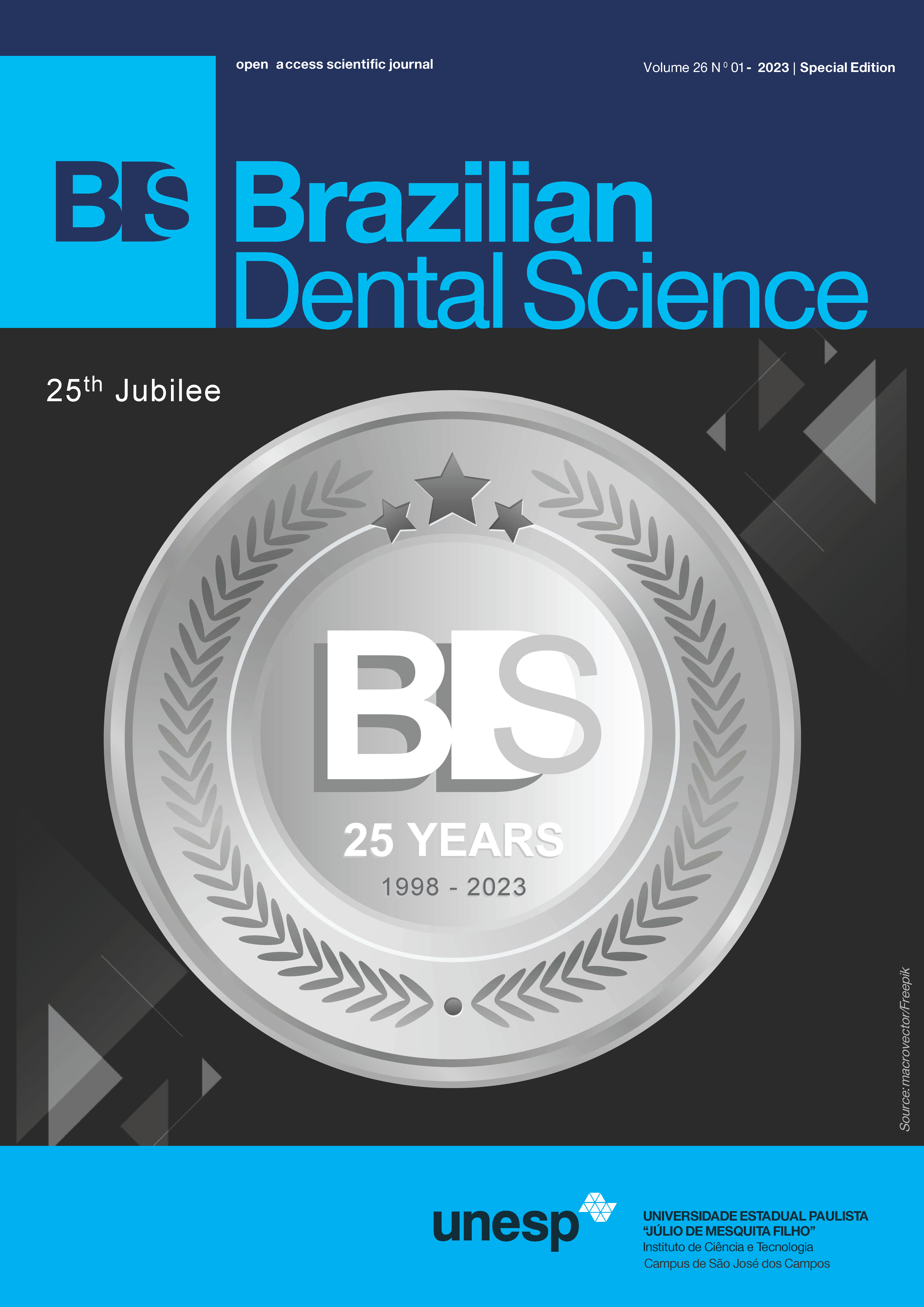The importance of compassionate care
DOI:
https://doi.org/10.4322/bds.2023.e3694Abstract
Recently, studies have highlighted the importance of compassionate care in healthcare. Not only does it improve patient outcomes and satisfaction, but it also improves the healthcare providers’ overall well-being. Furthermore, it helps streamline the healthcare system by shortening hospital stays and rates or readmittance. Unfortunately, patients report that they feel there is a lack of compassionate care provided to them, thus shedding light on the compassion crisis. The compassion crisis seems to have its roots in healthcare professional education, as evidenced by the high levels of burnout experienced by students, particularly in dental students. Compassion training, however, not only equips healthcare professionals with strategies to more effectively treat their patients, but also with coping mechanisms to better handle the stressors of their profession. Dentistry is no exception and has some unique barriers to care as well such as communication, the physical barrier during treatment. This further highlights the importance of compassionate care while providing treatment. Implementing compassionate care to be taught in school will improve patient outcomes and provider well-being.
KEYWORDS
Empathy; Delivery of healthcare; Dental education; Compassion; Compassionate care.
Downloads
Published
How to Cite
Issue
Section
License
Brazilian Dental Science uses the Creative Commons (CC-BY 4.0) license, thus preserving the integrity of articles in an open access environment. The journal allows the author to retain publishing rights without restrictions.
=================

 Associate Professor, Department of Preventive and Community Dentistry, The University of Iowa College of Dentistry and Dental Clinics
Expertise in Geriatric Dentistry and Prosthodontics
Chair of the Geriatric Council of the Special Care Dentistry Association (2019-2021)
Councilor of the Geriatric and Gerontology Education Section of the American Dental Education Association (2018-2021)
Elected Secretary/Treasurer International Association for Dental Research Education Research Group (2019/2022)
Former Councilor of the European College of Gerodontology (2014-2017)
Member of the Task and Finish Group for Gerodontology of the European Geriatric Medicine Society (2018-)
Associate Professor, Department of Preventive and Community Dentistry, The University of Iowa College of Dentistry and Dental Clinics
Expertise in Geriatric Dentistry and Prosthodontics
Chair of the Geriatric Council of the Special Care Dentistry Association (2019-2021)
Councilor of the Geriatric and Gerontology Education Section of the American Dental Education Association (2018-2021)
Elected Secretary/Treasurer International Association for Dental Research Education Research Group (2019/2022)
Former Councilor of the European College of Gerodontology (2014-2017)
Member of the Task and Finish Group for Gerodontology of the European Geriatric Medicine Society (2018-)



























